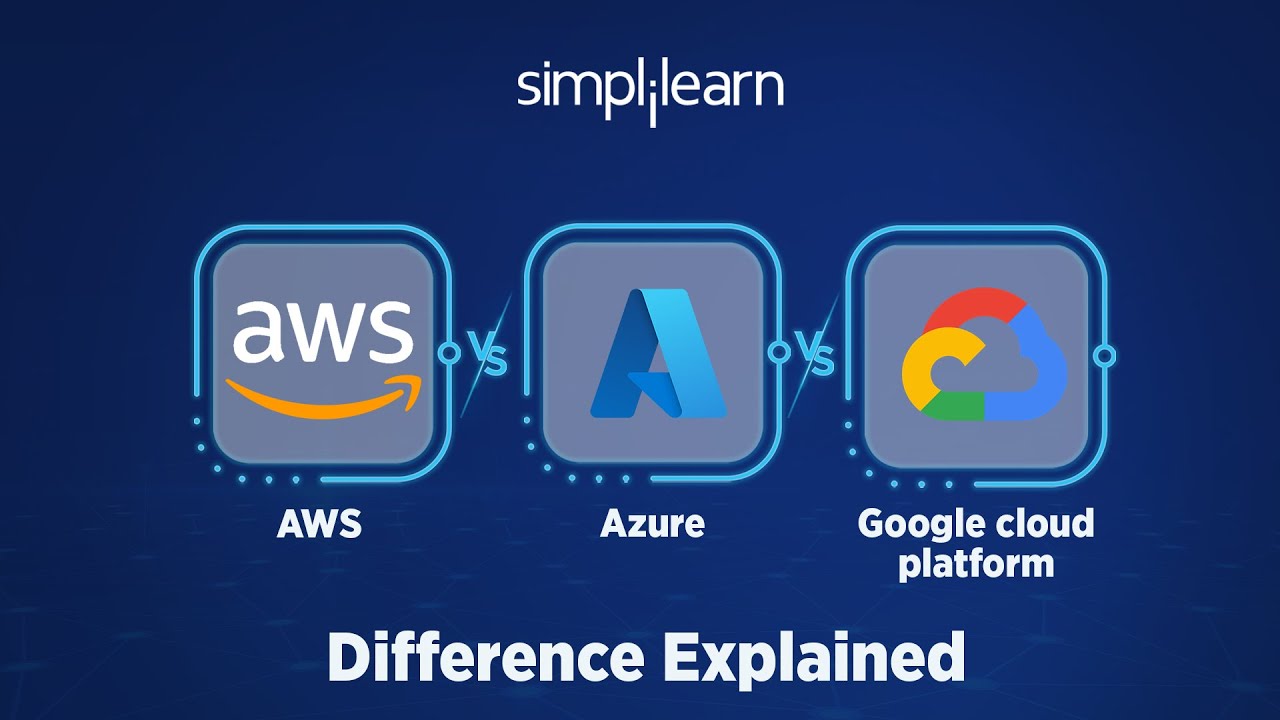How To Make AWS Not Suck
Summary
TLDRThis video offers a guide for software developers to optimize their use of cloud platforms like AWS, Google Cloud, and Azure. It explores the spectrum of dependency on cloud services, from self-hosting purists to fully outsourced SaaS users. The video introduces tools like Pulumi, SST, Docker Build Cloud, LocalStack, and Encore to help developers leverage cloud services efficiently, avoid vendor lock-in, and maintain control over their infrastructure. It emphasizes the importance of infrastructure as code and provides practical solutions for managing cloud resources effectively.
Takeaways
- 🌟 The video discusses how to optimize cloud computing usage for software developers, avoiding dependency extremes on cloud platforms.
- 💼 It introduces a spectrum with 'self-hosters' at one end,反感专有闭源软件,and 'SaaS sommelier' at the other, unaware of the underlying AWS services they use.
- 🛠️ Emphasizes the importance of Infrastructure as Code (IaC) for efficient and error-free cloud deployment, contrasting it with the risks of manual deployment.
- 🌐 Recommends using open-source tools like Pulumi, which allows writing infrastructure code in multiple languages and provides a strong type system and IDE support.
- 📝 Introduces SST (Serverless Stack) as an optimized IaC tool for fullstack JavaScript developers, allowing infrastructure and databases to be defined in a single TypeScript file.
- 🚀 Highlights Docker and Docker Build Cloud for efficient containerization and image building, with cache sharing across different machines.
- 🌐 Suggests LocalStack for local emulation of AWS services, enabling offline development and testing.
- 📈 Mentions Cloudcraft for visual architecture planning and LocalStack dashboard for local management of cloud services.
- 🎉 Presents Encore as a tool that combines infrastructure provisioning with application development, streamlining the deployment process.
- ⚖️ Discusses the trade-offs of using Encore, such as reduced flexibility due to its opinionated nature and assumptions about technology stack and frameworks.
Q & A
What is the main topic of the video?
-The main topic of the video is how to make cloud computing more efficient and cost-effective by leveraging big cloud platforms optimally.
What are the two extremes of the cloud dependency spectrum mentioned in the video?
-The two extremes are the 'base self-hoster' who does everything manually on a low-cost VPS and the 'SaaS Some Leer' who relies heavily on cloud services and spends a lot without realizing it.
Why is it not ideal to be at either extreme of the cloud dependency spectrum?
-Being too self-reliant is time-consuming and error-prone, leading to a superiority complex, while being too reliant on cloud services can lead to vendor lock-in, financial strain, and reduced technical control.
What is the role of infrastructure as code (IaC) in cloud computing according to the video?
-Infrastructure as code is crucial for deploying cloud resources efficiently and safely without manual errors. It helps manage infrastructure in a repeatable and automated way.
What is the issue with using cloud platforms directly without IaC tools?
-Directly using cloud platforms without IaC tools can lead to over-provisioning resources like Kubernetes clusters, which may be unnecessary and can result in homelessness due to overspending.
What is Palumi and how does it differ from Terraform?
-Palumi is an IaC tool that allows writing code in multiple languages and takes a declarative approach. Unlike Terraform, it is open-source and does not require learning a special language.
What is SST and how does it optimize IaC for fullstack JavaScript developers?
-SST (Serverless Shen pans and Tom Foolery) is an IaC tool that optimizes the process for fullstack JavaScript developers by allowing infrastructure and databases to be defined in a single TypeScript file.
How does Docker Build Cloud improve the Docker image building process?
-Docker Build Cloud provides a shared cache that speeds up the Docker image building process both locally and in CI by only rebuilding layers that have changed.
What is LocalStack and how does it help with cloud service emulation?
-LocalStack emulates major AWS services from a single container, allowing developers to test and work with services like S3, Lambda, and DynamoDB locally without an internet connection or AWS account.
What is the purpose of the tool Cloudcraft mentioned in the video?
-Cloudcraft is used to create visual diagrams of cloud architecture, showing how different services connect and interact with each other in a 3D representation.
What does the tool Encore offer that is different from other IaC tools?
-Encore not only provisions infrastructure but also serves as a backend application framework that integrates infrastructure semantics into the application code, automating devops tasks and reducing the need for separate IaC code.
What are the trade-offs mentioned for using the Encore tool?
-The trade-offs for using Encore include reduced flexibility, as it assumes the use of TypeScript or Go, adherence to certain framework conventions, and the use of SQL databases like RDS.
Outlines

Esta sección está disponible solo para usuarios con suscripción. Por favor, mejora tu plan para acceder a esta parte.
Mejorar ahoraMindmap

Esta sección está disponible solo para usuarios con suscripción. Por favor, mejora tu plan para acceder a esta parte.
Mejorar ahoraKeywords

Esta sección está disponible solo para usuarios con suscripción. Por favor, mejora tu plan para acceder a esta parte.
Mejorar ahoraHighlights

Esta sección está disponible solo para usuarios con suscripción. Por favor, mejora tu plan para acceder a esta parte.
Mejorar ahoraTranscripts

Esta sección está disponible solo para usuarios con suscripción. Por favor, mejora tu plan para acceder a esta parte.
Mejorar ahoraVer Más Videos Relacionados

AWS vs AZURE vs GOOGLE CLOUD | 2023 | How to Choose the right certification?

Cloud Providers Compared: A Comprehensive Guide to AWS, Azure, and GCP

AWS vs Azure vs GCP | Amazon Web Services vs Microsoft Azure vs Google Cloud Platform | Simplilearn

اشتغل Cloud ولا DevOps Engineer ? وايه الفرق ما بينهم ؟ | Cloud vs DevOps Engineer

¿Que es cloud computing? Curso Cloud

3 Skills You Need to Make You Stand Out for DATA ANALYST Jobs (DO THIS)
5.0 / 5 (0 votes)
